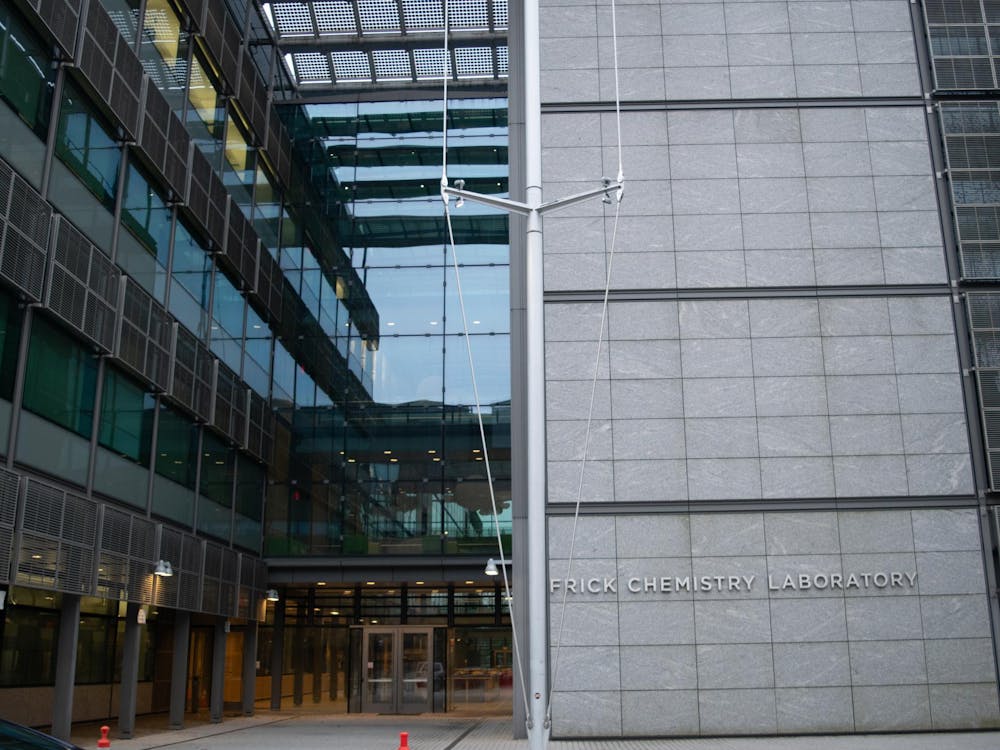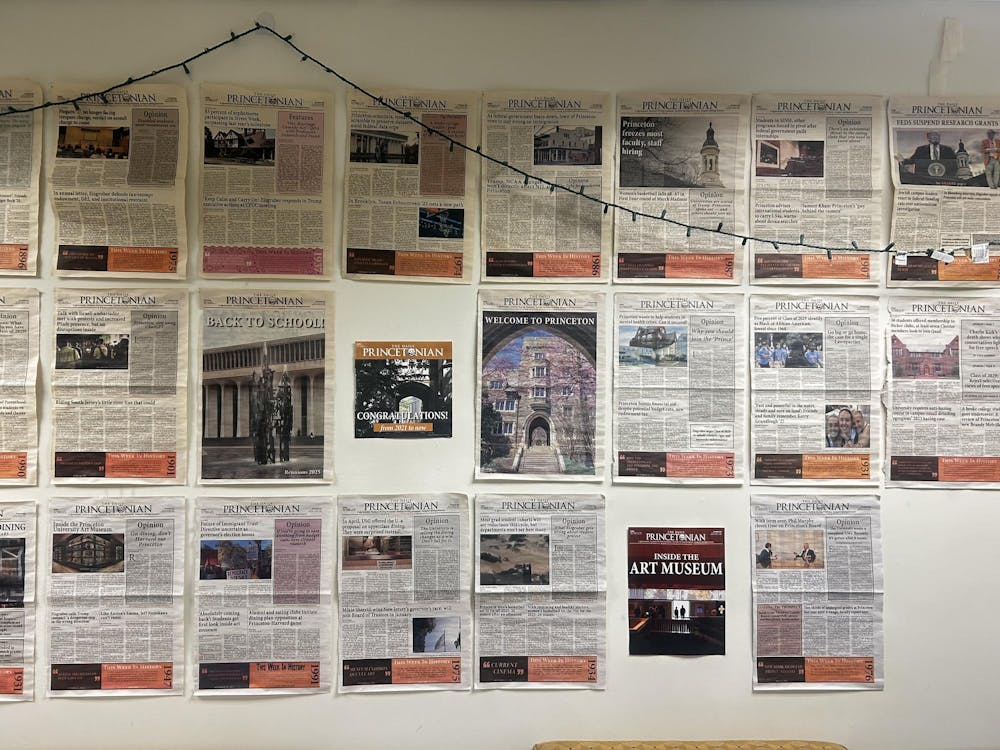The recent “Who Runs Princeton” special issue from The Daily Princetonian highlighted many key figures on campus, but one in particular stood out: the nearly 1,200 non-faculty staff members the University has hired over the past decade. Many of Princeton’s peer institutions have seen a similar uptick in the number of administrators and have faced backlash from students. The calls to — as one Harvard student put it — “fire them all,” stem from a belief that more administrators drive up tuition prices and increase the various and complex levels of bureaucracy that students must navigate when seeking to impact change on campus, or simply get answers to their questions.
Students, however, have not paid proper attention to the many benefits of a larger administration. Administrators handle many of Princeton’s day-to-day operations, including working directly with students to address personal and systemic issues, planning events, and generating new ideas to move the University’s mission forward.
More administrators means more people who are managing important issues on campus, from housing crises to free-speech debates. A larger administration might mean that there are more people in power who are available to hear student voices, whereas a smaller one would certainly increase the workload on each employee and decrease the time they could allocate to one-on-one work. Often, it only takes one person to help resolve a problem: to reopen a closed sign-up form, advocate for a student’s right to accessible housing, or just provide advice about the most effective next steps in a stressful bureaucratic situation.
These administrators can also provide fresh ideas about how to address University problems and how to work with students more effectively to bring about cooperative change. For example, last year, a very new Forbes College administration instituted events like Melanin Mondays to address calls for increased Black, Indigenous, and People of Color (BIPOC) social spaces. The increase of non-teaching personnel also ensures a greater diversity of knowledge, experience, and skill among the people who make decisions for the entire campus community, increasing the extent to which the administration is actually a representative body. While faculty, students, and locals also provide valuable and distinctive perspectives, and the University should place a focus on promoting them to decision-making positions, the new crop of administrators have an increased ability to hear and uplift more community voices.
This all makes for a more positive campus experience; there are more people to hear our complaints and suggestions, and a greater number of pathways for student voices to travel all the way up to the desks of the people who can address our concerns. Here’s a personal example of the power of a large and compassionate administration: I had a stressful issue with room draw last year that I brought to Housing’s attention. Instead of just offering me a fix (or worse, ignoring the problem altogether), they offered me the chance to sit on the Undergraduate Housing Advisory Board. This gave me the chance to help impact housing policy for all students, actively preventing future issues like mine instead of putting a metaphorical band-aid on the situation.
The tuition question remains: how is the University affording these new hires? While it’s true that tuition price has increased from $56,750 to $83,140 over the past 10 years, this is partially due to inflation, which — as anyone who has read the news recently can tell you — has run rampant, especially since the COVID-19 pandemic began. Financial aid has increased as well, and generously so: Princeton now meets 100 percent of demonstrated need for all students from families making under $100,000 annually. The families who are seeing the bulk of the tuition increase are not the least-advantaged ones. For better, more diverse programming, which directly leads to a more positive campus experience, we must expect some kind of tuition increase.
The University has also recently undertaken a project to increase Princeton’s class size, requiring more administrators to manage and serve the hundreds of new Princetonians who are soon to arrive on campus. It’s not a small job, and an administration without the 1,200 new members would surely be overworked and do a less effective job at ensuring all students have a chance to get their questions answered voices heard.
While concerns about the tuition increase are reasonable, especially in the wake of Malcolm Gladwell’s revelation that Princeton doesn’t actually need to charge tuition, the new crop of administrators should not be the target of ire. Their roles are important and necessary to ensure a better student experience as class size expands. Students must keep in mind the increased financial aid offerings and demonstrated benefits of a larger administration before passing sweeping value judgments on 1,200 people’s jobs.

Anna Ferris is a sophomore contributing columnist planning to major in English with a certificate in Values and Public Life. She can be reached at annaferris@princeton.edu.









